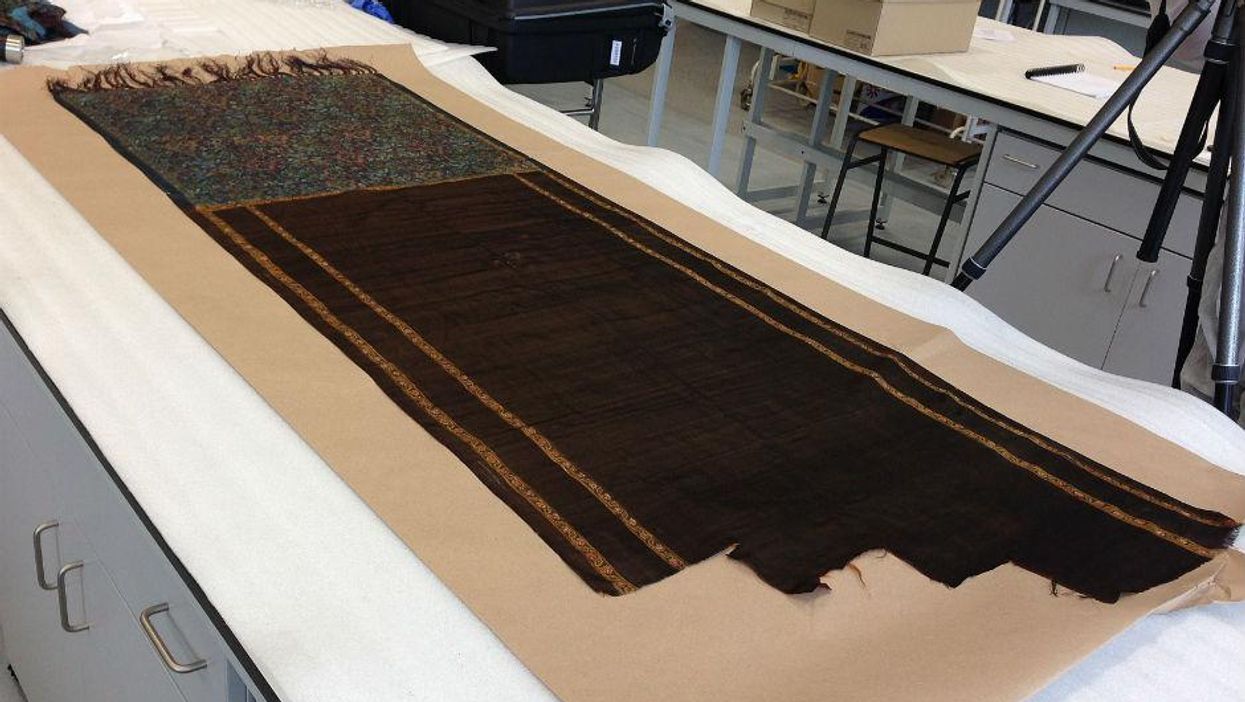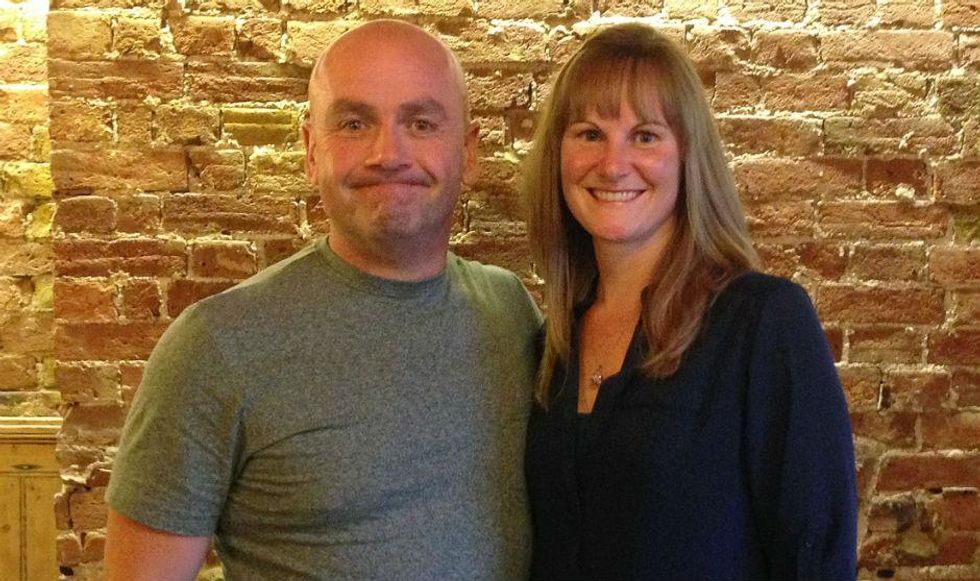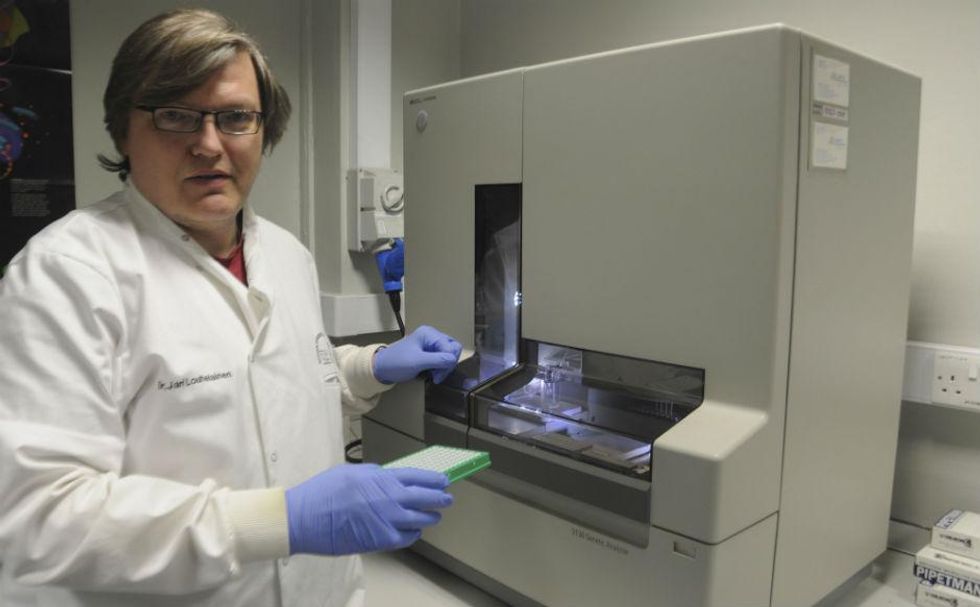News
Evan Bartlett
Sep 08, 2014

A shawl said to be the vital piece of evidence
What's the story?
A scientist and an armchair detective believe they have uncovered the true identity of 'Jack the Ripper' - the serial killer who is thought to have brutally raped and murdered at least five women in London's East End in 1888.
Author Russell Edwards and molecular biologist Jari Louhelainen say a 23-year-old Polish immigrant called Aaron Kosminski, often cited as a prime suspect, is the man behind the killing spree.
Edwards believes that Kosminski is "definitely, categorically and absolutely” the killer and claims that "only non-believers that want to perpetuate the myth will doubt".
How did they find out?
Edwards believes he has "the only piece of forensic evidence" in the history of the case - a shawl that belonged to one of the Ripper's victims, Catherine Eddowes, that he bought at an auction in Suffolk in 2007.
Using Dr Louhelainen's expertise at John Moores University in Liverpool, the pair tracked down living descendants of both Kosminski and Eddowes and found a "perfect match" of both sets of DNA on the shawl.
All the revelations are in Edwards' new book that is published this week.
Sounds like a sure thing?
Not quite. The veracity of Edwards and Louhelainen's claims have been doubted by many. For starters, the exact history of the shawl is unclear - Edwards says he has a letter to prove that it was recovered at the scene of Eddowes' murder by a policeman called Sergeant Amos Simpson who in turn gave it to his wife as a present.
However, it was not cited on a police list of items found next to the victim's body, according to the Times (£) .
The shawl was also said to be far too expensive to have been owned by the poverty-stricken Eddowes and therefore may well have been left by the Ripper himself or indeed may not be linked at all.
The author suggests that Simpson's wife was so horrified by the blood-soaked wrap that she never wore or even washed it and it was passed down as a family heirloom until being sold to Edwards. But could a blood, and possibly even semen-soaked, shawl have survived 126 years without ever being washed?
Contamination risk
Richard Cobb, who runs Jack the Ripper tours and conventions told the the Times (£) that the shawl had also been present in the same room as two of Eddowes’ descendants for three days at a conference in Wolverhampton in 2007 - therefore posing a contamination risk.
Cobb told the newspaper: “The shawl has been openly handled by loads of people and been touched, breathed on, spat upon.
"My DNA is probably on there. What’s more, Kosminski is likely to have frequented prostitutes in the East End of London.
“If I examined that shawl, I’d probably find links to 150 other men from the area.”
But isn't this conclusive, scientific proof?
Not yet. There are doubts about the methods used by Dr Louhelainen. As The Independent's science editor Steve Connor explains: "The biggest problem in carrying out such sensitive DNA analysis is the question of cross contamination.
"For instance, if Dr Louhelainen’s laboratory worked with the DNA of the two living descendants, how sure is he that this DNA has not contaminated the samples he has extracted from the shawl itself?"
Professor Sir Alec Jeffreys, the man who invented the DNA fingerprint technique 30 years ago this week, has also raised his doubts.
“[The conclusion is] an interesting but remarkable claim that needs to be subjected to peer review, with detailed analysis of the provenance of the shawl and the nature of the claimed DNA match with the perpetrator's descendants and its power of discrimination; no actual evidence has yet been provided,” Sir Alec told The Independent.
This is not to say that Dr Louhelainen's findings are false, but until the research is published in an academic journal and his methods thoroughly peer-reviewed, they can only join the long list of allegations surrounding one of London's longest-running murder mysteries.
More: Does Ed Miliband really want guards on the England-Scotland border?
Top 100
The Conversation (0)
x
















